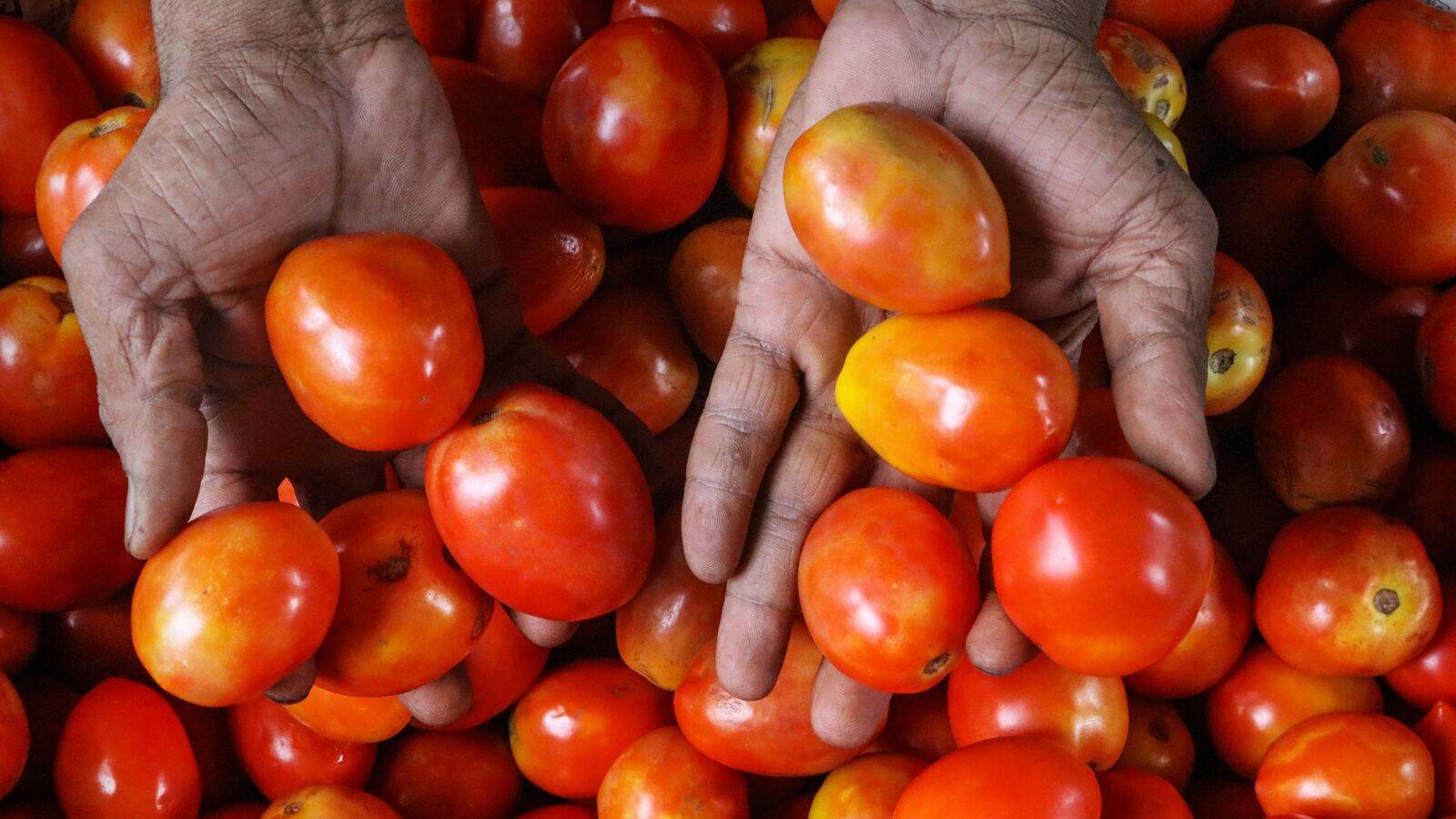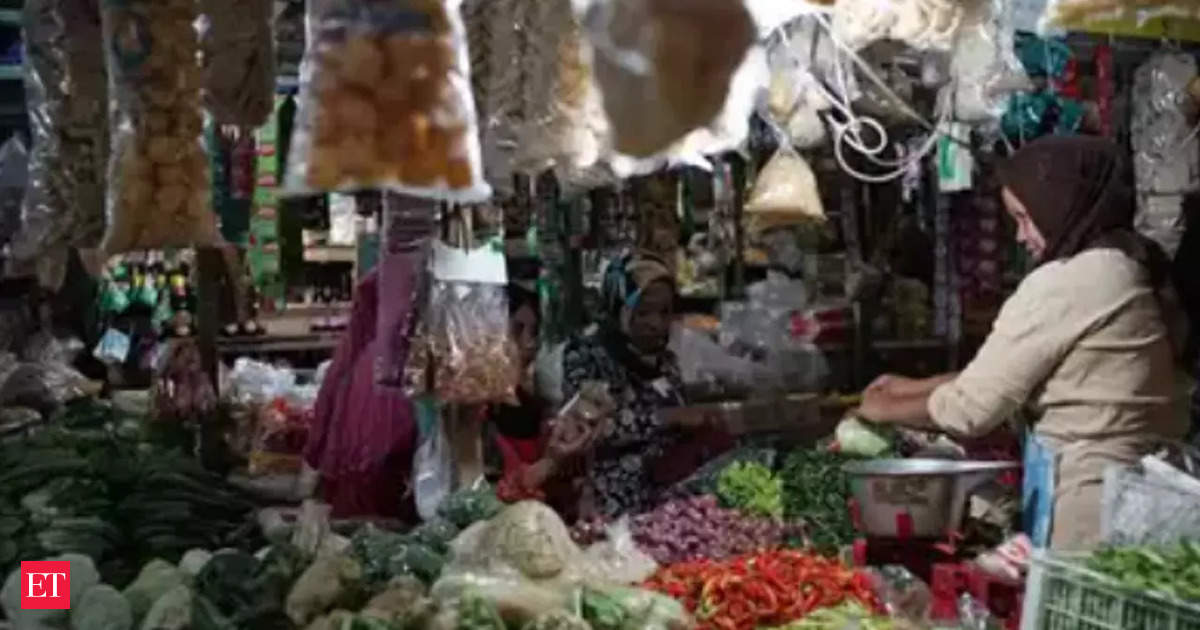beijingwalker
ELITE MEMBER

- Joined
- Nov 4, 2011
- Messages
- 65,191
- Reaction score
- -55
- Country
- Location
A 445% price jump makes tomatoes more pricey than gasoline in India
07 Jul 2023, 10:56 AM ISTBloombergIndian tomato prices are soaring due to adverse weather, triggering a wave of social media memes comparing the cost of the essential ingredient with anything from petrol to political influence.

Nagpur: Tomatoes being sold at a market, in Nagpur, Thursday, July 6, 2023. Tomato prices have soared across India with retail price crossing Rs. 100/kg in many parts of the country. (PTI Photo)(PTI07_06_2023_000102A) (PTI)
Indian tomato prices are soaring due to adverse weather, triggering a wave of social media memes comparing the cost of the essential ingredient with anything from petrol to political influence.
Heavy rains in some growing areas and hotter-than normal temperatures last month hit output of the crop, causing a fivefold increase in prices this year. Tomatoes usually become expensive in the lean production months of June and July, but the impact this year has been exaggerated.
Tomatoes and onions are so emotive in the world’s most-populous nation that a surge in prices can trigger protests. Indeed some ruling political parties in India lost elections because they couldn’t control the price of onions, which along with tomatoes are an essential element of mainstay dishes. High food prices could also hobble the central bank’s efforts to drive economic growth and keep inflation under control.
Social media in India is abuzz with tomato-related memes. One shows tomatoes racing ahead of petrol and diesel, while another says get a free iPhone with every kilogram of tomatoes. In a reference to a key opposition leader and other lawmakers joining the ruling alliance in Maharashtra — India’s wealthiest state led by Prime Minister Narendra Modi’s Bharatiya Janata Party — a YouTube video joked that buying politicians was cheaper than purchasing tomatoes.
The retail price of tomatoes in New Delhi on Thursday was 120 rupees ($1.45) a kilogram, compared with 22 rupees at the start of 2023, according to data compiled by the food ministry. By contrast, petrol was selling for around 96 rupees a liter in the capital.
Food inflation in India probably increased to 4% year-on-year in June from 3.3% in May, Bloomberg Economist Abhishek Gupta said in a report. This estimate is based on sharp gains in prices of tomatoes, pulses and rice, according to available daily price data.
The price surge is even fueling crime. A farmer in the southern state of Karnataka reported the theft of 150,000 rupees of tomatoes, according to the Hindustan Times.
Tomato prices typically rise during June-July and then again in October-November due to lean production seasons in major growing areas, said Rohit Kumar Singh, the top bureaucrat at the consumers affairs department of the food ministry.
“We call it seasonality in commodity prices," he said. “The prices will start declining when harvesting begins from August."
Southern and western states, which account for almost 60% of the country’s total tomato production, send their surplus crop to other markets in India depending on the season.
As the federal government searches for a long-term solution, it’s seeking ideas from the public to develop cost-effective technologies and ensure tomatoes are available at affordable prices.

A 445% price jump makes tomatoes more pricey than gasoline in India
Indian tomato prices are soaring due to adverse weather, triggering a wave of social media memes comparing the cost of the essential ingredient with anything from petrol to political influence.







